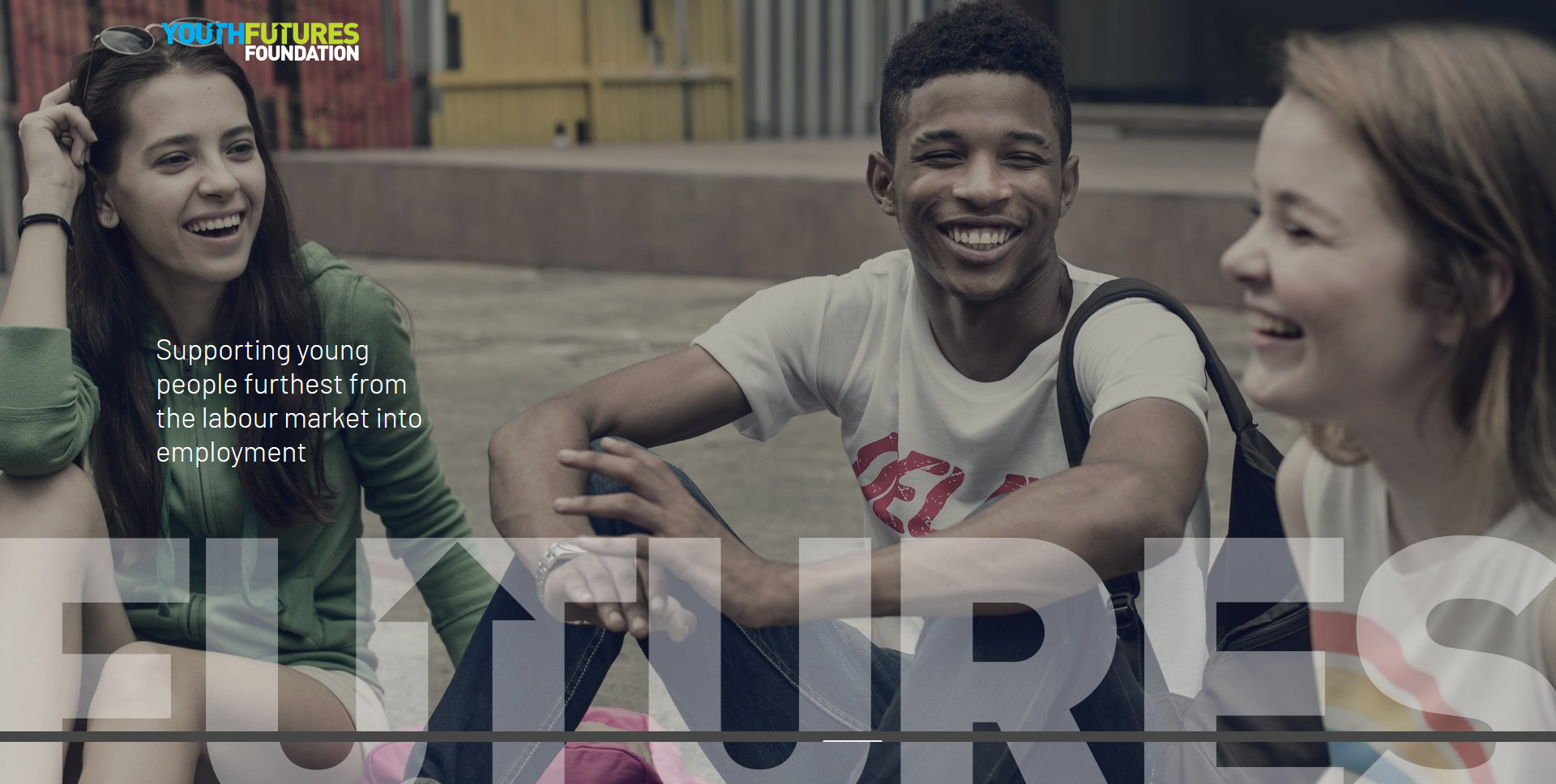Youth Employment UK’s Founding CEO Laura-Jane Rawlings presents youth unemployment as a Rubik’s Cube. You can’t work each issue, or colour, in isolation. Similarly, groups can’t work in isolation to tackle youth employment.
I founded Youth Employment UK back in 2011/12 when youth unemployment reached one million young people NEET (not in education, employment or training). I was so taken aback by the injustices facing young people, the lack of voice and power young people had over the biggest challenge facing their entire generation, that I felt compelled to help them have a voice.
Since the launch of Youth Employment UK we’ve immersed ourselves in understanding the structural and social issues of youth unemployment, the policies and what works. Youth unemployment is hugely complex. Its complexity is the main reason why there are still such deep-rooted issues, and why young people are still three times more likely to be unemployed than any other age group.
Even at a time of high employment, young people face significant issues as they try to transition into employment, and there are huge numbers of young people underemployed, working in precarious employment or – even worse – “not known”.
Recently I have been working through an analogy that I think really captures some the complexity of the situation.
Consider a Rubik’s Cube, all jumbled up. That’s youth unemployment. To tackle it you’ll need to put every colour together. No single colour works in isolation. You need to see the big picture to solve the puzzle.
Consider, then, the colours as individual youth unemployment issues. Each square of every colour represents a nuance of that main issue. I won’t name them all, but I hope you get the picture:
YELLOW SQUARES = Individuals
Family, place, motivation, connection, education, race, physical disabilities, mental health, drug and alcohol, social mobility, aspiration, skills, empowerment, voice
BLUE SQUARES = Education
Primary, secondary, post 16, PRU, university, SEND, disadvantaged, gender, qualifications, skills, curriculum, funding, teaching, parent engagement, place, careers, work experience, access, engagement, policy
RED SQUARES = Youth Services
Youth work, social action, experiences, sport, funding, place, access, staffing, policy
GREEN SQUARES = Employment
Apprenticeships, sector developments, skills gaps, place, training, economic uncertainty, AI, industry 4.0, quality of work, employment rights, fair employment, wages, policy
ORANGE SQUARES = Welfare
Youth Obligation, housing, health, crime, policy
WHITE SQUARES = Policy
Local, national and international, party political
You can’t work Rubik’s Cube colours in isolation. Groups can’t tackle youth employment in isolation, either.
I have made it my job over several years to try to understand all the colours, not just one (or even two). They’re all connected, so they all need to work together. I make the time to read the research, and seek out experts representing every side of the Rubik’s Cube. Most importantly, I talk to young people all the time to ensure their direct experiences and their voice are at the heart of everything we do.
Because I take this helicopter view, I am able to consider a ‘blue’ policy in the context of a ‘yellow’ research paper, or in relation to a conference on a ‘red’ topic.
But it continues to be frustrating that so many others – including government departments, funders, employers and charities – are still attempting to solve their side of the Rubik’s Cube in isolation.
Strategies are often well-intentioned but if everyone only moves their cubes, it inevitably adversely impacts the outcome of the whole. If we continue in this way, the puzzle of youth unemployment will never be solved.
Everyone, who like myself and my team, feels passionately that this is a puzzle that must be fixed, needs to recognise that they play a part in a complex 3-D jigsaw which they cannot solve on their own. We all need to adopt one coherent strategy and work collaboratively to achieve an integrated, focused and long-term solution. This is the only way we can support every young person, in all parts of the country, to fulfil their potential.
For these reasons I am really pleased to be working with the new Youth Futures Foundation and supporting DCMS and partners on the new Youth Charter. It feels like there is a real moment in time where we could come together to think strategically about youth unemployment in a way that could make a real and sustained difference to all young people.














